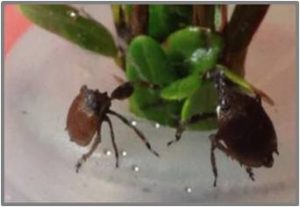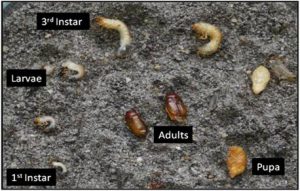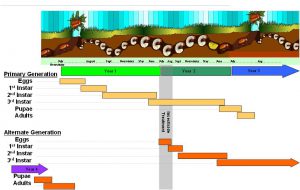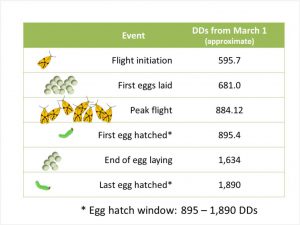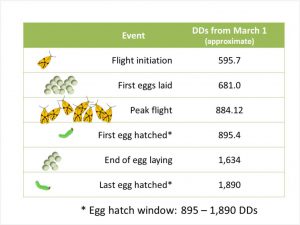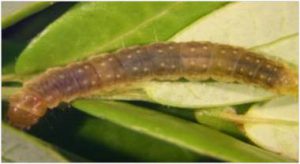Event – American Cranberry Growers Association (ACGA) Summer Meeting
Date – August 17, 2017
Location– Rutgers P.E. Marucci Center, Chatsworth NJ
Agenda
CRANBERRY BOGS:
8:30–8:45 Opening Remarks
Shawn Cutts, President, American Cranberry Growers Association
8:45-9:05 Screening of POST Herbicides for Controlling Carolina Redroot (Lachnanthes caroliana) in New Jersey Cranberry Beds (Bog 6)
Thierry Besancon and Baylee L. Carr, P.E. Marucci Center for Blueberry & Cranberry Research & Extension, Rutgers University, Chatsworth, NJ
9:05–9:25 Breeding for Fruit Rot Resistance: Evaluation of the Next Cycle of Crosses (Bog 8)
Nicholi Vorsa, P.E. Marucci Center for Blueberry & Cranberry Research & Extension, Rutgers University, Chatsworth, NJ
9:25–9:45 Performance of Welker and Haines and other Advanced Selections (Bog 10)
Jennifer Johnson-Cicalese and Nicholi Vorsa, P.E. Marucci Center for Blueberry & Cranberry Research & Extension, Rutgers University, Chatsworth, NJ
9:45-10:10 Research on Diseases of Cranberries (Bog 15)
Peter Oudemans, Department of Plant Biology and Pathology, Rutgers University
10:10-10:30 Is Mycorrhizal Inoculation Efficacious? (Bog 18)
James Polashock, Research Plant Pathologist, USDA-ARS
10:30–10:50 On-going Research on Sucking Insect Pests (Bog 19)
Cesar Rodriguez-Saona, Department of Entomology, Rutgers University; Vera Kyryczenko-Roth, P.E. Marucci Center; and Robert Holdcraft, P.E. Marucci Center, Chatsworth, NJ
10:50–11:10 Show and Tell
Cranberry growers
CONFERENCE ROOM:
11:20–11:30 Cranberry Statistics
Bruce A Eklund, State Statistician, U.S. Department of Agriculture | National Agricultural Statistics Service
11:30–12:00 Root Growth in Cranberries
Amaya Atucha, Assistant Professor, and Beth Workmaster, Department of Horticulture, University of Wisconsin-Madison
12:00–1:00 LUNCH (Pole Barn)
1:00–1:30 Farm Safety
Ray Samulis, Cooperative Extension Agent, Burlington County Extension, Rutgers University
